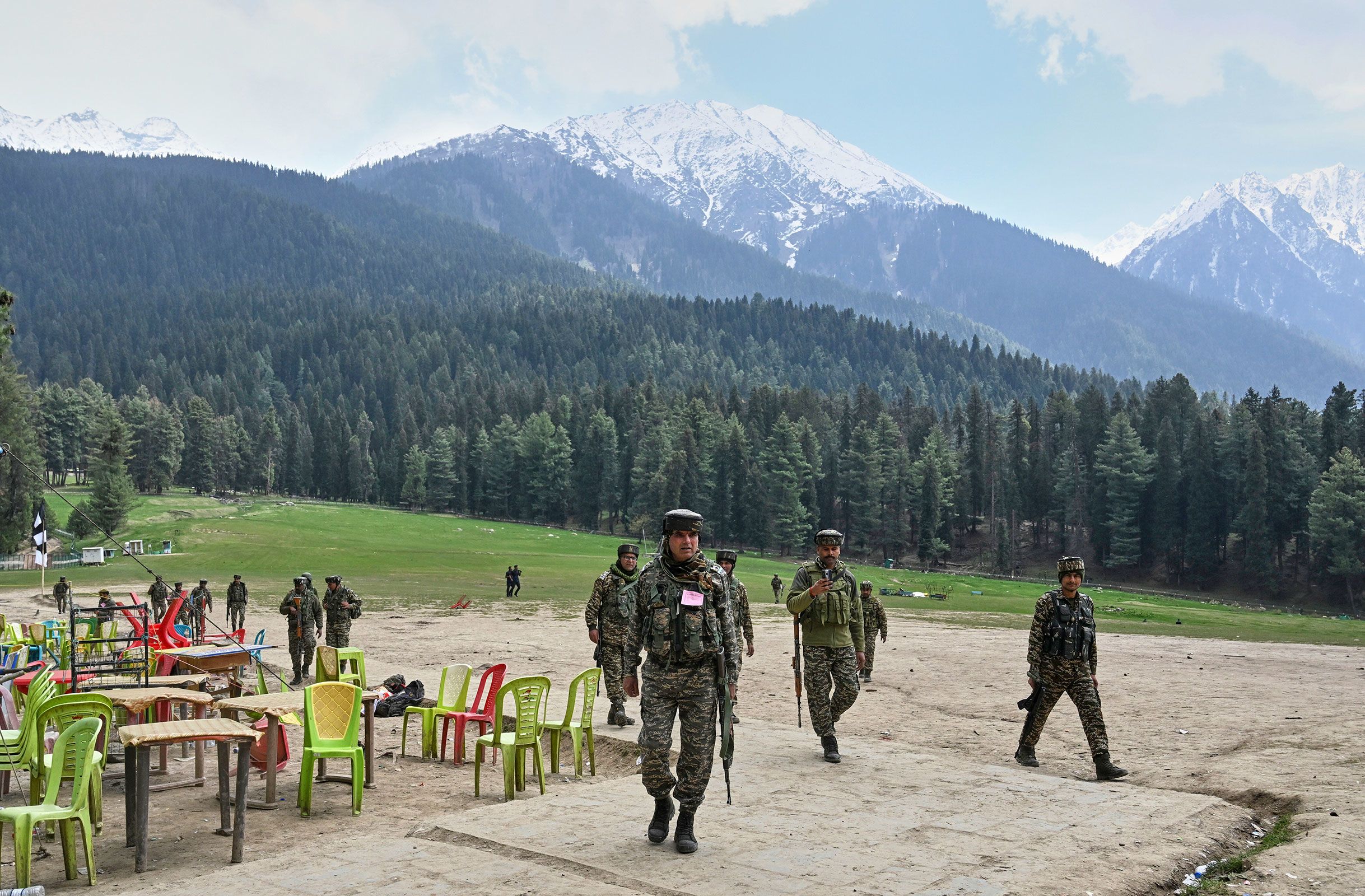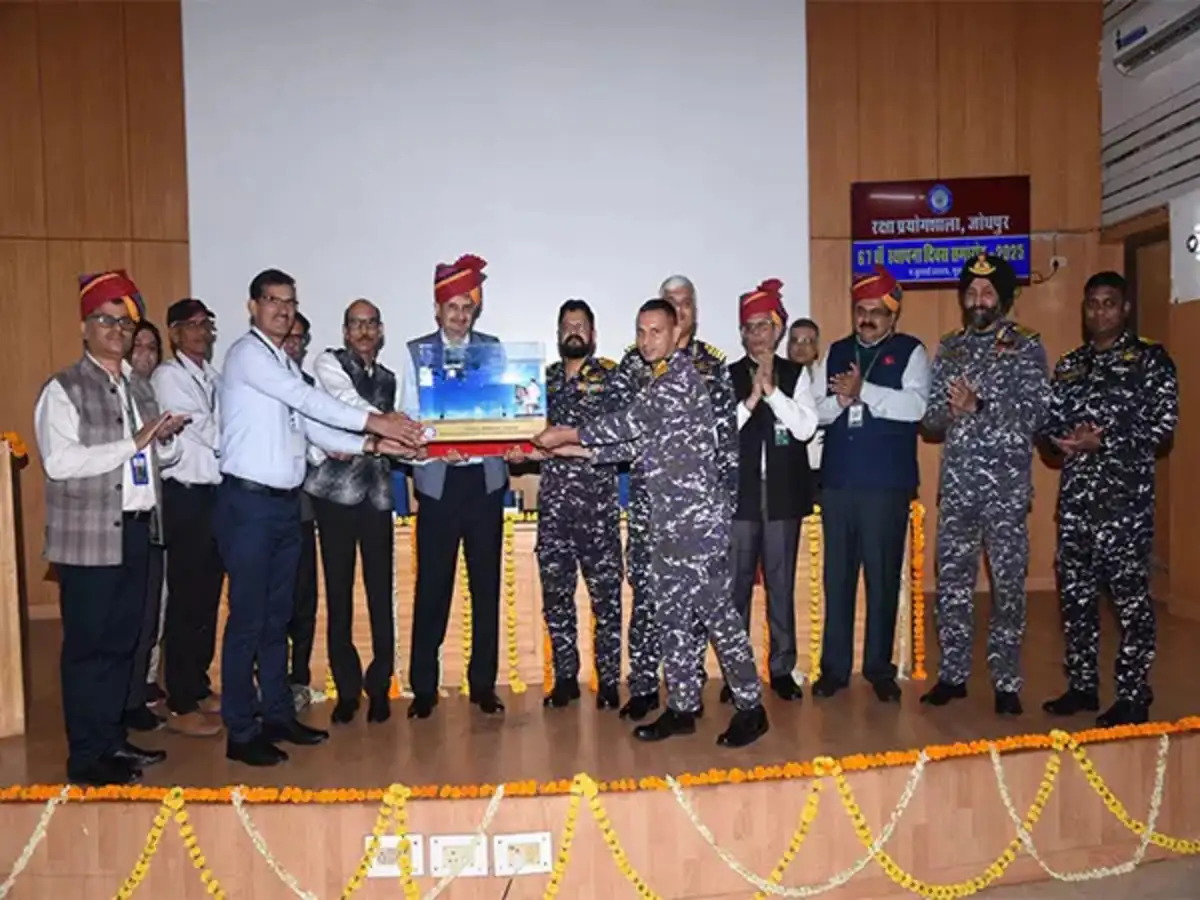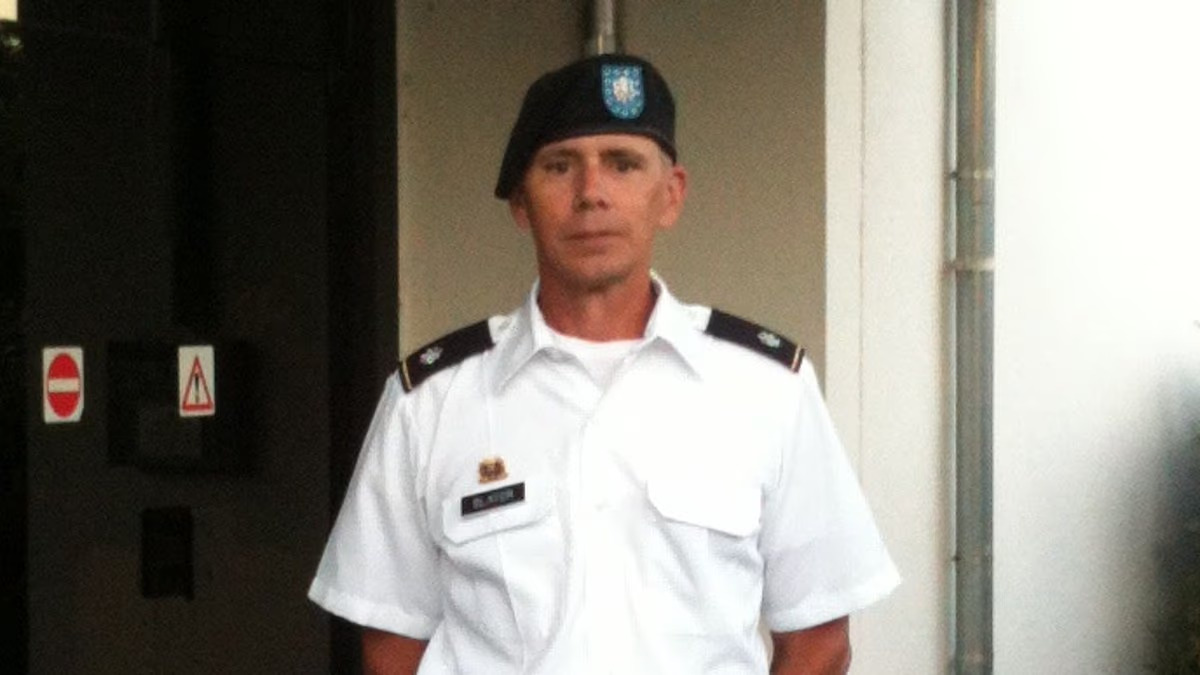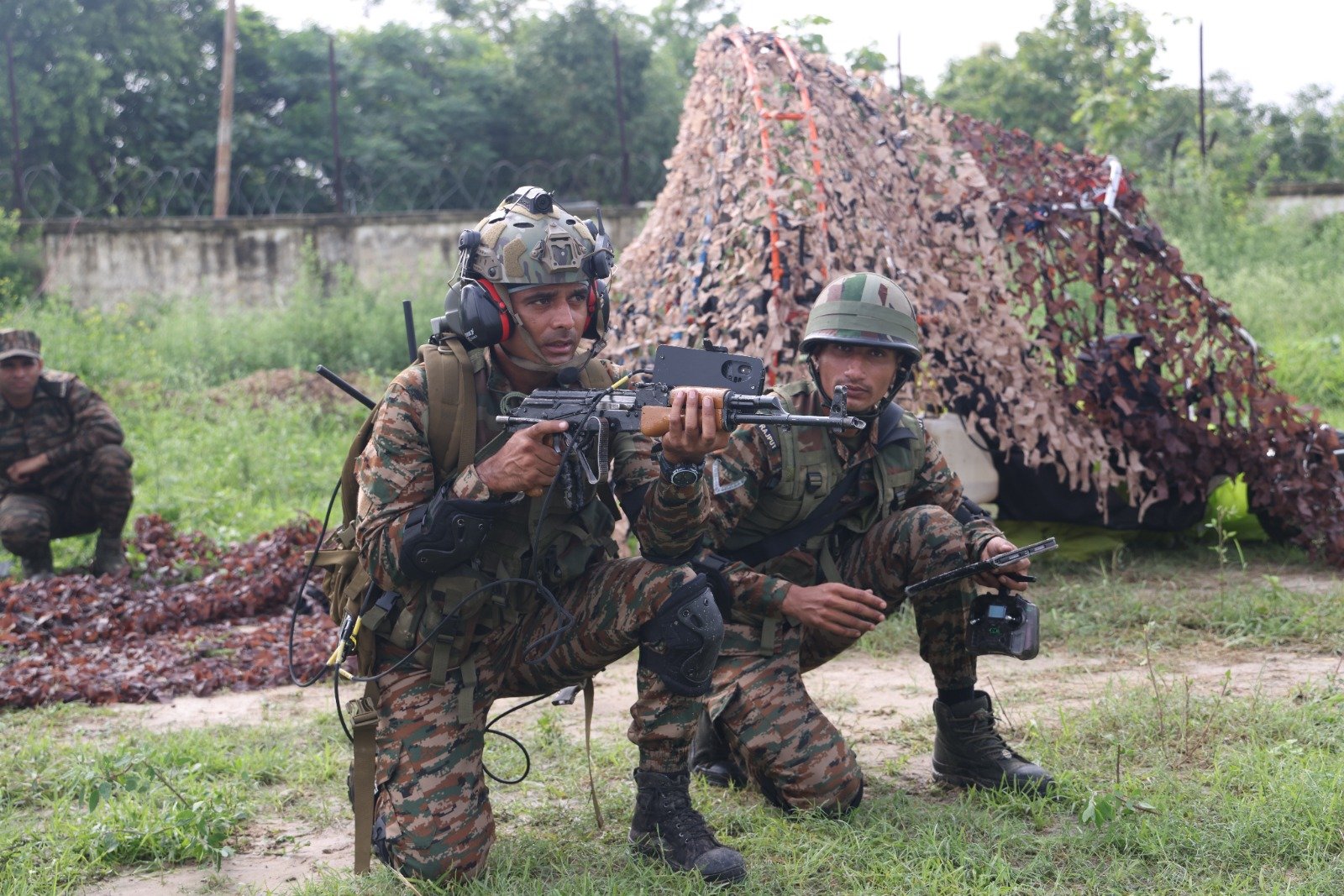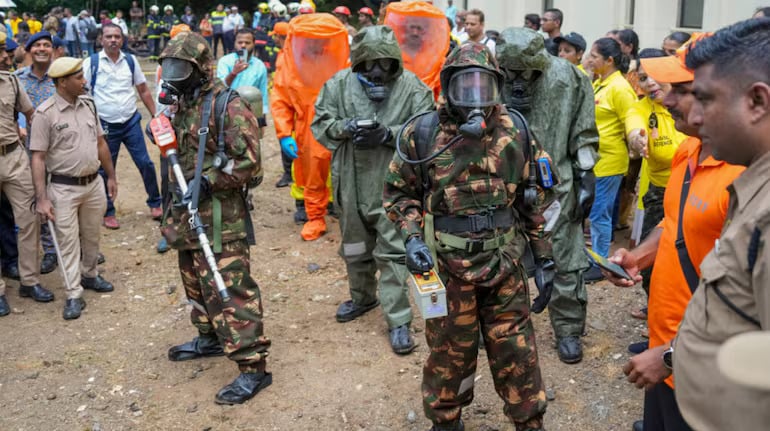Pahalgam Terror Attack Orchestrated by ISI and Lashkar at Behest of Pakistan’s Political and Military Leadership: Report
The devastating terror attack in Pahalgam, Jammu and Kashmir, which claimed 26 lives on April 22, was a meticulously planned…
Indian Navy Receives Six Indigenously Designed DRDO Systems, Marking Major Boost to Self-Reliance
In a significant push toward indigenous defence capability, the Defence Research and Development Organisation (DRDO) formally handed over six strategically…
Retired US Army Officer Faces Prison After Ukrainian Woman Extracts Military Secrets via Dating App
In a startling breach of U.S. national security, retired U.S. Army Lieutenant Colonel David Franklin Slater is facing up to…
Indian Army Showcases Tech-Driven Warfare in ‘Prachand Shakti’ Exercise in Uttar Pradesh
The Indian Army took a decisive step toward battlefield modernisation with the high-impact demonstration of ‘Prachand Shakti’ conducted by the…
Centre to Formulate Unified Guidelines for Future Civil Defence Drills After Gaps in India-Pak Tensions
The Government of India is drafting new, standardized guidelines for civil defence drills across all states following widespread criticism of…
Group Captain Shubhanshu Shukla Returns to Earth After Historic 18-Day Space Stay
Indian astronaut Group Captain Shubhanshu Shukla and his Axiom-4 crew safely returned to Earth on Tuesday as their SpaceX Dragon…

